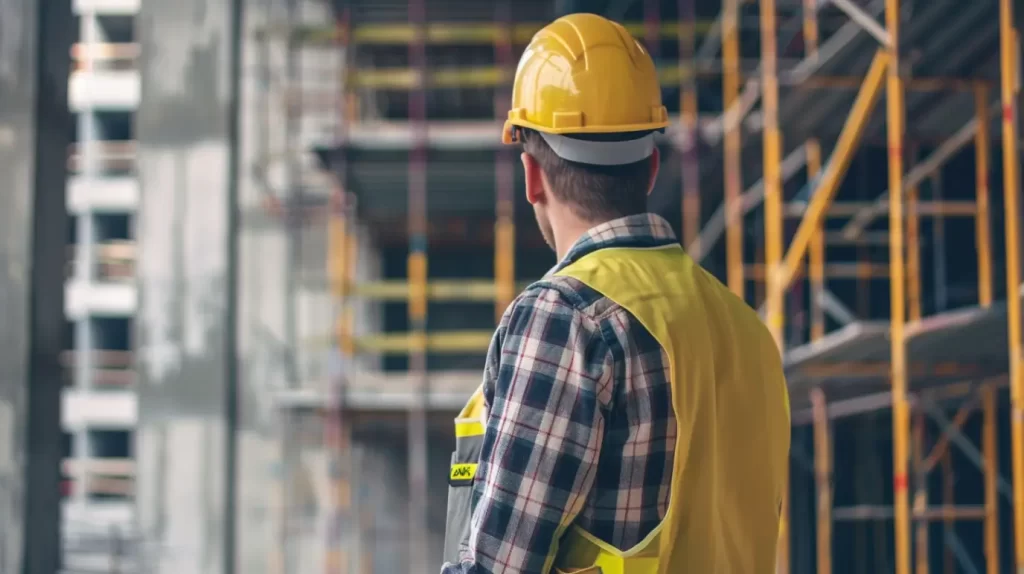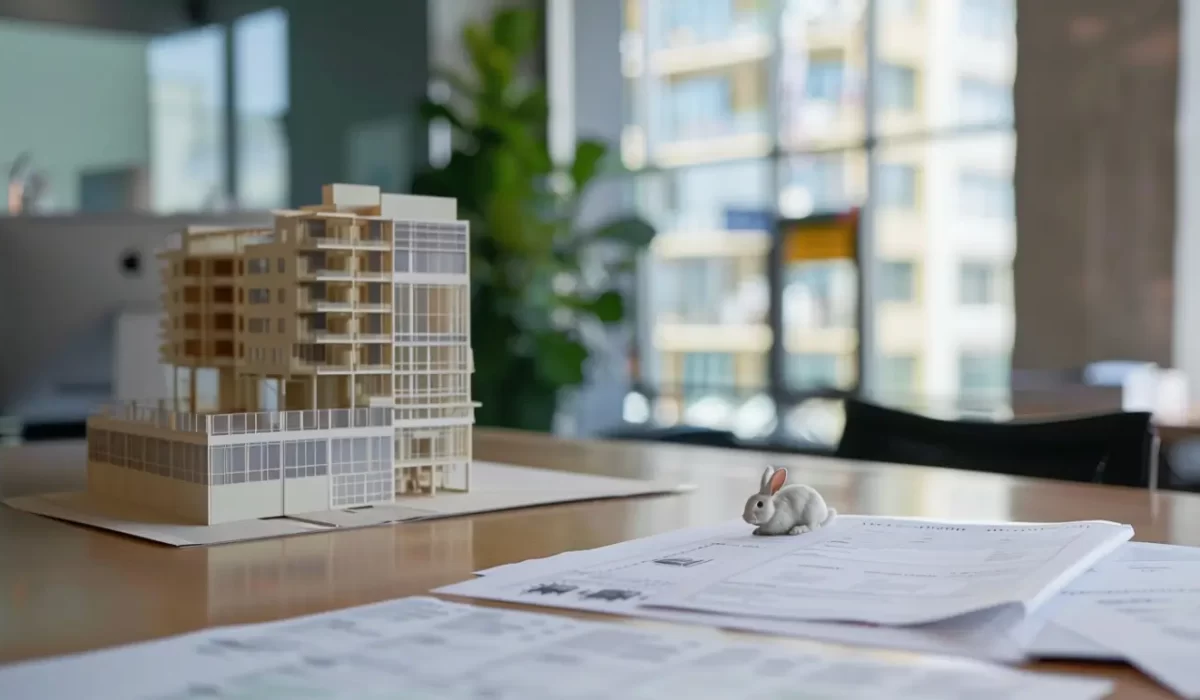Planning a robust reserve fund is vital for HOAs and property managers looking to secure the long-term performance of their roofing systems. At Fontaine Roofing in Orange County, CA, we believe that by integrating smart financial planning with regular roof evaluations, you can avoid the pitfalls of unexpected repair costs and ensure your community’s assets are protected. Creating a tailored reserve fund plan not only shields against financial surprises but also keeps your property’s roofing system in top condition, preserving both safety and property values over time.
Roof Reserve Funds vs. Maintenance: What to Know
Many property managers and HOAs confuse reserve funds with maintenance budgets, yet each plays a unique financial role. A reserve fund is dedicated to future major roofing projects, such as roof replacements or significant repairs, while a maintenance budget covers regular maintenance and minor fixes. Both are needed for comprehensive reserve planning and budgeting, ensuring that every aspect of your roofing system receives appropriate funding. Wondering about the core difference? Think of reserve funds as your long-term safety net, while maintenance budgets handle everyday upkeep and immediate roofing needs.
Contact Us
HOA and Property Manager Guide to Key Differences
Understanding roofing reserve funds and maintenance budgets is crucial for effective financial planning in HOA communities. A reserve fund cushions anticipated roof repairs or replacements, enabling property managers to tackle costly issues without jeopardizing stability. Meanwhile, a maintenance budget addresses ongoing upkeep and minor repairs, keeping roofs in optimal condition.
Both are essential for preserving property values. Reserve planning prepares for future expenses, while the maintenance budget helps manage immediate costs from unexpected projects. Balancing these elements protects roofs and extends the lifespan of materials like asphalt shingles against severe weather events, such as hurricanes.
Roofing Costs Typically Paid from Reserve Funds
Roofing expenses are typically included in a reserve fund, allowing HOAs and property managers to maintain roofing integrity. This fund covers major repairs, such as fixing leaks or storm damage, which can cause financial strain if not budgeted properly.
Reserve funds also address replacement costs for aging materials like asphalt shingles, ensuring maintenance does not compromise property values. Planning for future projects, including inspections and unexpected repairs, is essential. By managing these costs through a structured reserve fund plan, communities maintain financial stability and preserve the amenities that attract homeowners.

Key Steps for an Accurate Roofing Reserve Fund
To establish a capital fund plan, start by assessing your roofing system’s condition and future needs. Conduct a thorough roof evaluation, followed by a depreciation report to estimate remaining lifespan and replacement costs. These insights help you create a customized funding plan that ensures financial stability for your HOA or condo association. By analyzing costs, setting realistic monthly contributions, and planning for regular maintenance, you can develop a capital fund that supports both immediate and long-term roofing projects.
Roof Inspection and Depreciation Reporting Guide
A thorough roof inspection is crucial for assessing its condition and planning future expenses. This check should focus on roofing materials, such as asphalt shingles, and their lifespan. Hiring a roofing expert enhances the accuracy of the assessment, enabling informed decisions about maintenance and replacement.
The loss report is essential for budgeting for HOAs and property managers. It details how much value the roof loses over time, aiding in reserve fund planning. By identifying key issues that impact repair costs, this report facilitates effective planning and protects against financial strains during major repairs.
How to Conduct a Reserve Fund Study
Creating a capital fund study is vital for the long-term financial stability of homeowners and HOA communities. It starts with a detailed assessment of the roofing system, including its condition, materials, and lifespan. A depreciation report allows property managers to forecast future roofing projects and determine necessary funding for replacements.
The benefits extend beyond budgeting; it creates a maintenance roadmap and prepares for costly repairs, especially in weather-prone areas like Florida during hurricane season. A well-structured capital fund plan helps associations maintain property values and reduces financial strain, facilitating access to reputable contractors when needed.

Cost Prediction Tools and Expert Help
Effective roofing project budgeting relies on accurate cost prediction tools. Software can streamline forecasts and calculate replacement costs, like asphalt shingles. A reserve fund calculator estimates contributions for financial stability and minimizes costly repairs. Engaging professionals, such as contractors or financial planners, adds valuable expertise. By combining technology with expert insights, homeowners and HOAs can enhance funding strategies, especially before critical events like hurricane season. Partnering with accredited contractors, such as GAF Master Elite, CertainTeed Shingle Masters, Polyglass Preferred Contractor and Fiber Tite approved applicator strengthen contractor credibility in managing roofing reserve funds.
Contact Us
In summary, a realistic roofing reserve fund plan is essential for HOAs and property managers to protect their investments. Understanding the difference between reserve funds and maintenance budgets, conducting thorough assessments, and accurately estimating future costs will help you create a strong financial strategy for unexpected roofing expenses. Regularly updating your reserve plan keeps you informed about your roofing systems and helps avoid costly surprises. For expert guidance on developing a tailored reserve fund plan, contact Fontaine Roofing, a trusted name in Orange County, CA.
Read our blog: Storm-Readiness Planning for Shared Roofing Systems
Frequently Asked Questions
How often should our HOA update the roofing reserve plan?
Reserve planning should be updated every three to five years, or after major roof maintenance or projects. Regular reviews allow your HOA to adjust for current repair costs and keep your financial planning on track as the roofing system ages and market conditions change.
Which roof components belong in reserve budgeting?
Your reserve fund should cover all major roofing system elements, including asphalt shingles or membranes, flashing, skylights, gutters, and associated amenities. Including all essential components ensures your replacement cost estimates are accurate and your community’s assets are fully protected.

